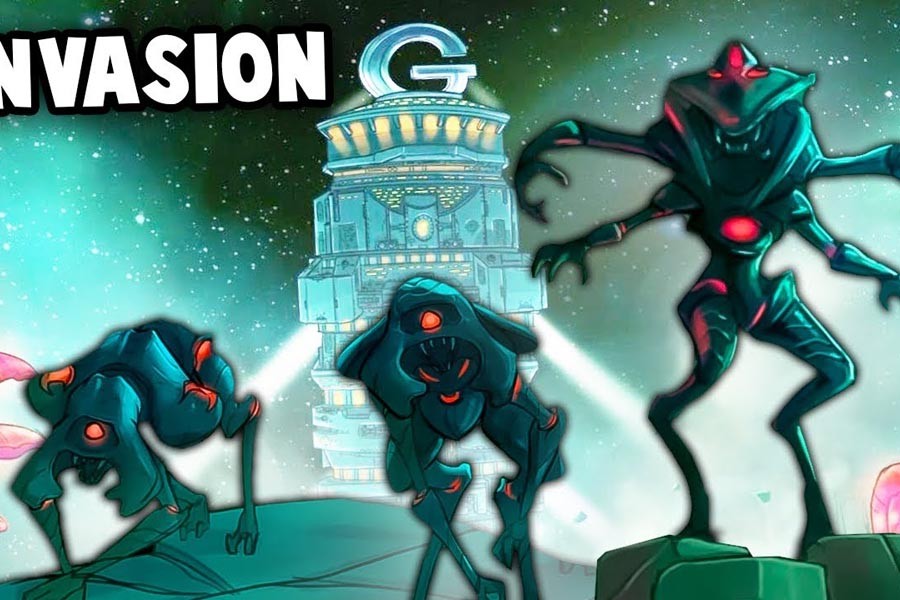Fans of sci-fi movies are now widespread across the globe. A section of Hollywood producers continue to churn out these movies. Most of them are B-films. A few have, however, made it to the Oscars and the other international competitions. Their themes are common: outer space aliens' invasion of Earth and inter-galactic wars. A significant aspect of this scenario is quite interesting. Many movie watchers, especially the young, have started believing that the aliens' arrival is not too far. The days of UFOs (unidentified flying objects) have fizzled out, for now. They have been replaced by imaginary creatures -- robotesque or those belonging to otherworldly organisms. Stephen Hawking believed in the existence of aliens. He has forecast with assertion on different occasions that they will one day be regular visitors to this planet. His view was different, though. Hawking portrayed the guests from the other galaxies to be harmless.
While the NASA probe missions to Mars over the last one decade are poised to yield a positive outcome, its other space programmes are also at full throttle. Man may not have to wait longer to see the signs of life on the red planet come true. Beginning with dried-up tracks of water down mammoth rocks, ice sheets deep inside its surface to an ice-laced crater and clouds with traces of ice lead to a belief among scientists -- life forms are hidden in one of the geological features of Mars.
With President Donald Trump looking to advanced lunar exploration programmes, China not lagging behind, NASA scientists have shifted focus on the deep space. It was in line with this that they had located one of their unmanned spacecrafts speeding towards a flyby of the most distant outer space object ever found. It was later found to be a frozen relic of the early solar system. But the whole episode remains within the radius of our own galaxy. Meanwhile, the exploration of the outer solar system goes on without respite. Keeping aside the historic events of the 1969 moon landing of Apollo-11, the nonstop operation of the International Space Station (ISS) since 2000, the lunar expeditions and advanced programmes undertaken by other countries, scientists are now more focused on the unmanned spaceships. At present these crafts are led by Voyager-1 space probe launched by NASA in 1977. In its journey it has covered 41 years, 3 months and 21 days on last December 26. A notable feature of this spacecraft is it carries the replicas of flags and languages of more than 100 countries and territories of this world. There is a romantic logic behind this endeavour. Scientists could not rule out the possibility of Voyager-1's encounter of other humanoid species in the outer solar system. Bangladesh and Bangla are included in the list of the gifts from Earth. At present 21.289 billion kilometres from the Sun, Voyager-1 has been recognised as the most far-away man-made object from Earth.
The distance between the present location of Voyager-1 and our world is mindboggling. It becomes more acute as NASA scientists expect the spacecraft to continue its outer space voyage until around 2025. By that time, a few other countries might include the deep space expeditions in their space programmes. Nobody can say that one or a few of them will not outshine the space science excellence of the USA in the future. At this point, a paradox weighs in. With the outer-space exploratory hopefuls vying for going past one another, what the poverty-stricken, climate-displaced and war-battered earthlings could be expected to do? How much energy will be left with them to be able to watch the live telecast of a craft doing flyby of a strange celestial object?


